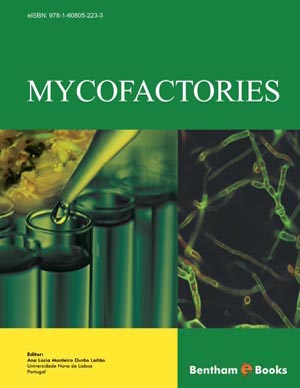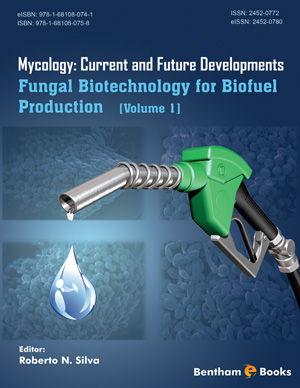Abstract
Biological technologies for air pollution control are environmentally sound and economic alternatives and are being increasingly used in industry. Biofiltration involves passing waste air through a packed reactor containing active microorganisms capable of degrading pollutants. In general, biofilters achieve the highest rates of removal for compounds that are water soluble and biodegradable.
The low solubility of hydrophobic molecules in the aqueous biofilm is one of the major problems for their treatment in biofilters. However, this obstacle may be reduced using fungi as the biological agent. Fungi have several advantages for the abatement of hydrophobic volatile organic compounds (VOCs) in gas-phase biofilters, including their ability to degrade a large number different molecules, their resistance to low humidity and pH, their capacity to colonize unoccupied space with the aerial hyphae and to penetrate the solid support increasing the availability of nutrients. On the other hand, fungi grow slower than bacteria, their filamentous growth promotes increased pressure drop and under some conditions may produce spores that could represent some health hazard if not contained. This review will present the state of the art on the research being done with fungal biofiltration, covering the diversity of molecules and fungal species studied, the characteristics of fungal growth in biofilters, the type of reactors and supports used, the operational problems and mathematical modeling of these processes.






